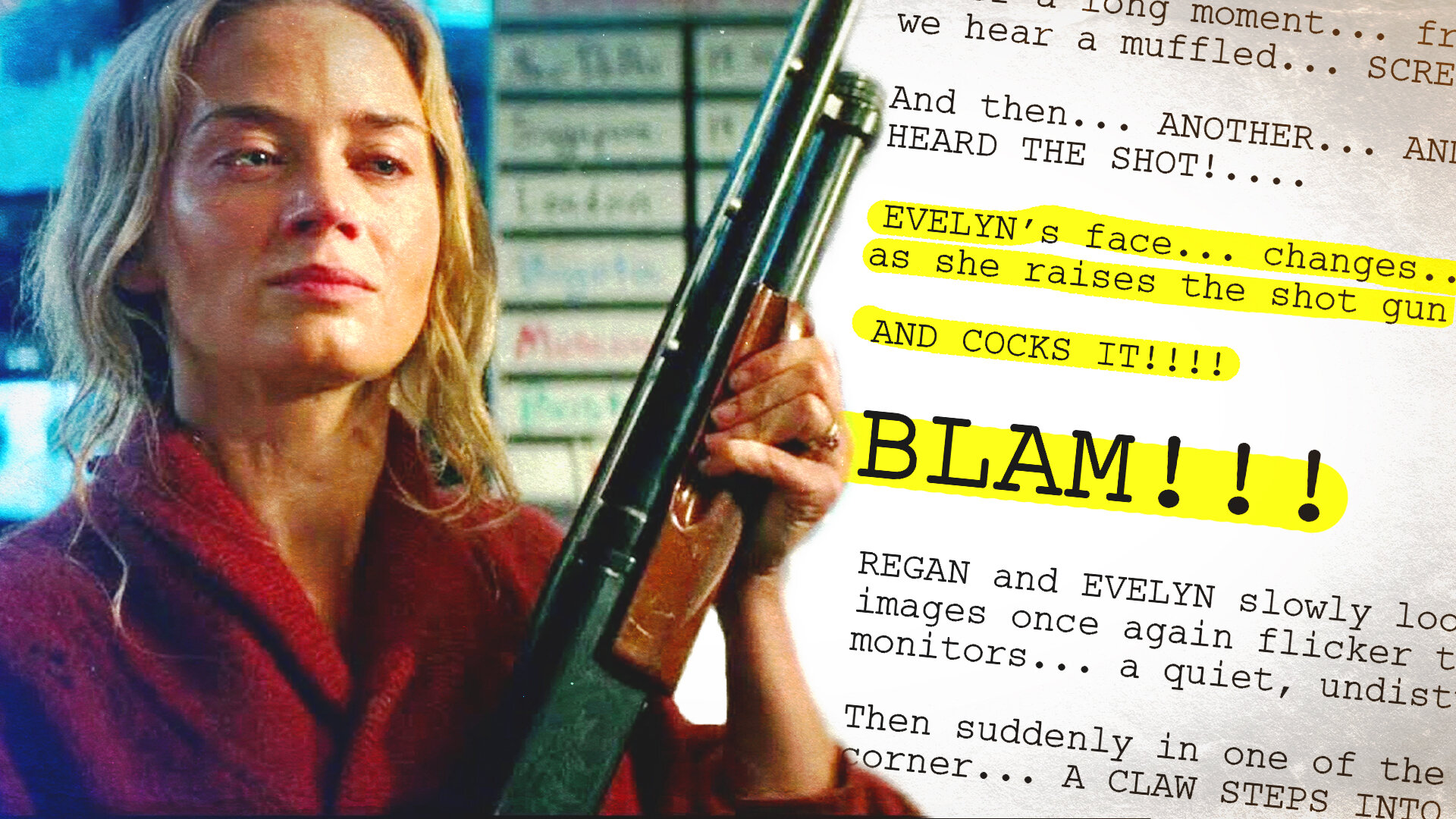In order to shoot your film, you’ll need to pack the following: your camera, extra batteries, lenses, shoulder rig, extra cards, a microphone, and... a door wedge.
Yes, this video is all about why you should include a door wedge in the essential equipment you take to a shoot.
A door wedge was something I didn’t know I needed in my camera bag until we were on set shooting our latest short film The Asylum Groove.
The shot was 1L, a medium close up of Sam, our main character. He walks into the frame and starts to mop. The shot was low down so we could not use a tripod. Instead we rested the camera on the handles of the shoulder rig so the camera would have a steady point to rest on and not be too shaky.
This worked great, but the shot wasn’t level. So I asked the camera team if there was anything we could stick underneath to make it level. Adam Opie, the 2nd AC on the film, handed me a door wedge which was the perfect tool for the job. I was able to incrementally tilt the camera until it was level.
After this epiphanny, we went out and bought a few door wedges, and they have been coming in handy for lot of different setups.
Sometimes in the studio, when presenting, we can’t always fit a tripod into a corner, so we build up some boxes then use a lens cap or some paper to tilt the camera up to get the correct angle. You can never get the lens cap in the right position, but the door wedge has solved that problem.
On set, the door wedge can also be used to help level out a track. You possibly may need a few wedges depending on how long and the type of surface you’re building the track on so making them out of wood will be your cheapest option.
If the chair your talent is sitting on is wobbly, you can use a wedge to solve that problem as long as it is not in shot.
And finally, if you have a shot of a character walking through a doorway, you can use the door wedge to keep it open. It’s the right tool for the job.
🎥 This episode's kit/gear/equipment:
🇺🇸 US links: Door Wedge - https://amzn.to/2MkSvkC
🇬🇧 UK links: Door Wedge - https://amzn.to/2y6uvP9
This video was Sponsored By
🚀http://bit.ly/tflrs-creator - Become a social media powerhouse with RocketStock's video element pack, Creator. This collection comes packed with logo reveals, end screens, subscribe animations, and much more.
🎵 http://bit.ly/track-phenomenal - Click here to download this episode's track. Check out Premiumbeat.com to discover a huge range of exclusive royalty free music!
DISCLAIMERS:
Some of these links are affiliate links, if you purchase gear via these links The Film Look will receive a small commission, but there will be no additional cost to you. Thank you!










